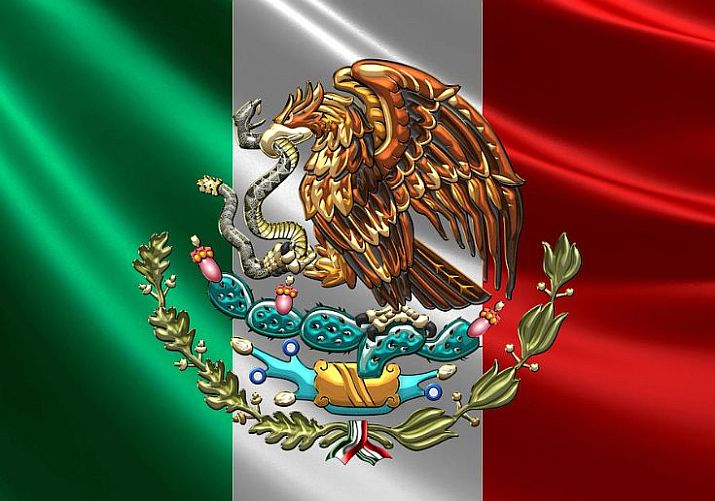
Mexico’s Independence Day is celebrated in the month of September, on the 16th (and the previous night.) Independence Day is probably the most popular Mexican patriotic holiday. In Spanish it’s called Diez y Seis de Septiembre (the 16th of September). It celebrates the independence of Mexico from Spain in the early 19th century.
The study of the Mexican War of Independence is a fascinating one. It is complex, and marked with little-known ironies.
Mexican Independence was not achieved in a vacuum. It was closely linked to what was going on in Spain and Europe. (In a similar fashion, the American War for Independence was also closely linked to international developments and the situation in Britain.)
The period in which Mexico became independent lasted 11 years (from 1810-1821), it consisted of several phases, and it was led by men of diverse ideologies.
Before independence, Mexico was part of a vast Spanish Empire stretching from California to Tierra del Fuego, in the chilly southern extremity of South America.
But in 1808 Spain was conquered by Napoleon. What then became of Spain’s Empire?
Napoleon was famously disinterested in the Western Hemisphere (which is why he sold the Louisiana Territory to the US). This created a power vacuum in the Spanish Empire, and nature abhors a vacuum. So Napoleon indirectly triggered various independence movements throughout the Empire.
In Mexico, Miguel Hidalgo’s insurgency, which began in 1810, was not officially directed against the deposed Spanish monarchy, but against the Spanish authorities who were then running Mexico. Hidalgo was captured and shot in 1811.
The most famous leader of the next phase of the movement was Jose Morelos, another priest, who had been a student of Hidalgo. It was during the Morelos phase that an independent Mexico became the concrete public goal of the insurgency.
Morelos was captured and executed in 1815. By this time Napoleon had been driven out of Spain and the Spanish government attempted to reel its Empire back in. But the damage had been done, and the Spaniards soon lost all their mainland possessions in the Western Hemisphere.
After Morelos’ death, Mexican guerrilla movements led by Vicente Guerrero, Guadalupe Victoria, and others continued to resist the Spanish government. But the insurgency didn’t really amount to much.
Ironically, it was the Mexican royalists’ switching sides that brought about independence. In 1820, a new government took power in Spain. Suddenly the Mexican royalists, who had been loyal to Spain all these years, decided that they would rather rule an independent Mexico. So they sent General Agustin de Iturbide (who had been leading the royalists against the insurgents for years) to make a pact with the insurgent leader Guerrero, who agreed to it.
In August of 1821, the Spanish viceroy in Mexico recognized the independence of Mexico and signed the Treaty of Cordoba.
On September 27th Iturbide’s army entered Mexico City, and on the 28th of September an independent Mexico was officially declared.

Allan Wall resided in Mexico for a decade and a half, where he worked as an English teacher in various schools and at various levels. Allan was able to meet and associate with Mexicans of various sectors and socioeconomic levels and to travel to different parts of the country. While in Mexico, Allan married Lilia, a Mexican science teacher. Allan and Lilia now have two sons: David, (23) and Raphael (20). Allan writes for several websites. Topics in his articles include the contemporary Mexican political scene, history and culture, tourism, and Mexican emigration as viewed from south of the border. Visit his website at AllanWall.info.





